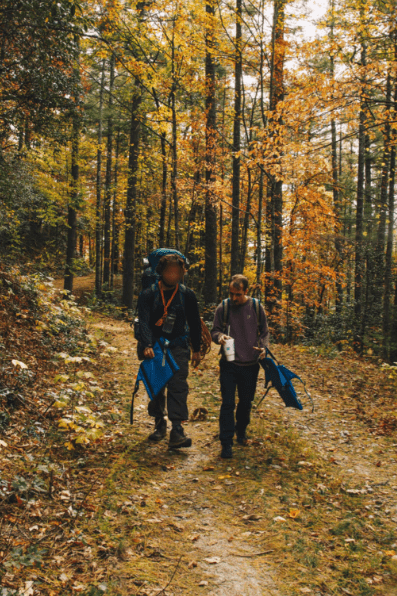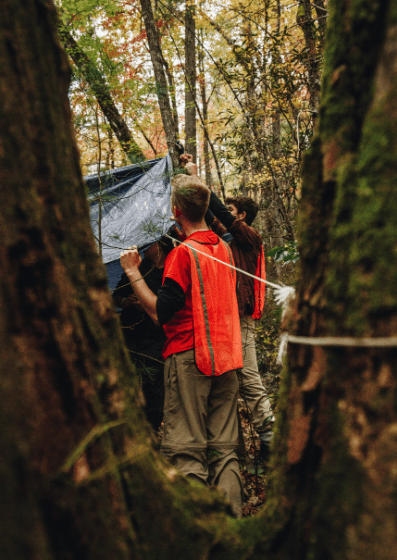I have worked in a multitude of treatment settings from sober living communities, drug and alcohol rehabilitation centers, a university, and most recently found myself in a new container: the wilderness. I assumed that this treatment modality would be similar to the other environments I have worked in, only, it was doing therapy out in the woods. It had been a long time since I thought about how being outside unquestionably impacted my childhood. However, it didn’t take long for me to remember just how profound a connection to the wilderness can be. I see this vital relationship to the outdoors forming in my students, and I know that they are learning so much from it, just as I have.
I work with adolescent boys struggling with co-occurring mental health issues and substance use. These boys often are not willing (at first) or thrilled (at first) about living in the woods for ten weeks, and I quickly discover how much their substance abuse has impacted their daily lives, their relationships, and their perspective on life. When an individual uses substances, his world becomes very small. To someone who uses or depends on substances, the most important relationship becomes the one between the individual and his drug. Anytime this relationship is challenged, we often notice defensiveness or opposition. Typically, the individual will go to any lengths to protect this relationship. It compares to our protective instincts regarding the most important relationships in our lives – the ones with our parents, our children, or our siblings. Often, there is nothing we wouldn’t do to protect that connection; that includes making tough treatment decisions for our loved ones who are struggling.




